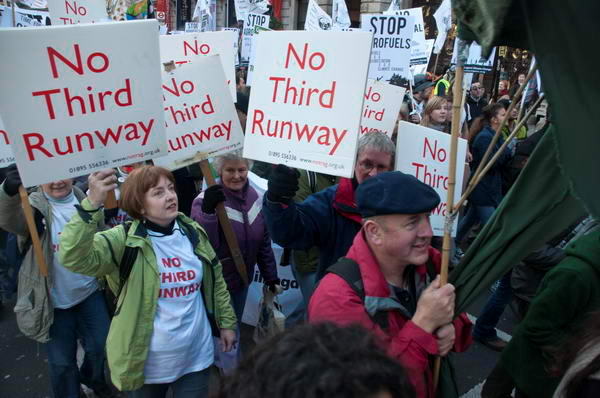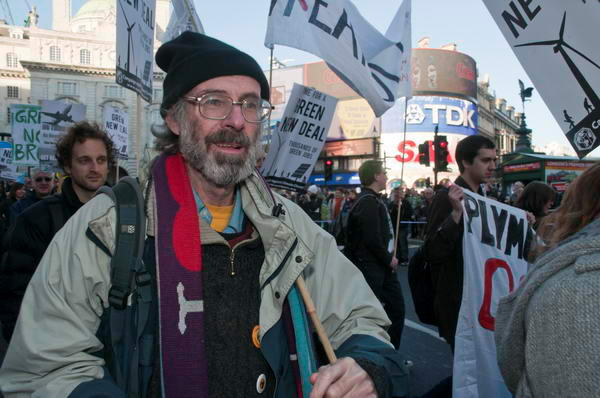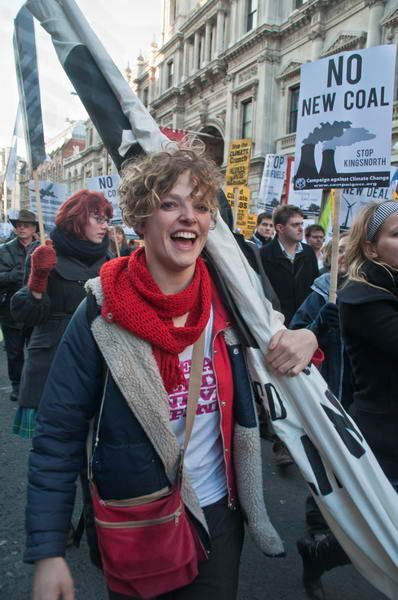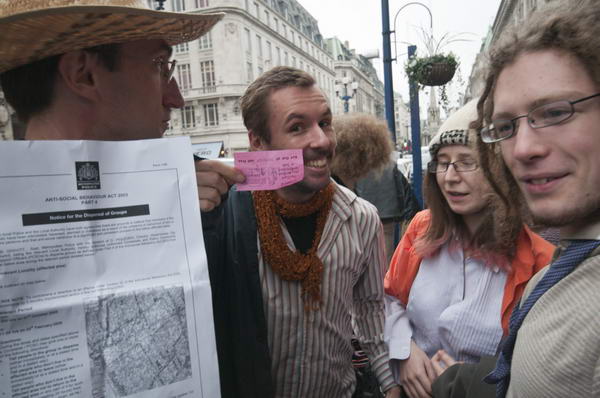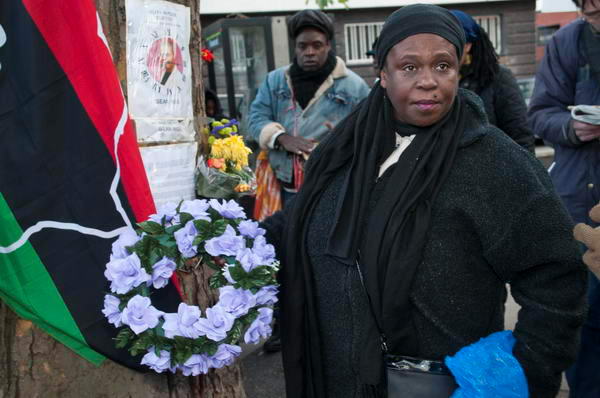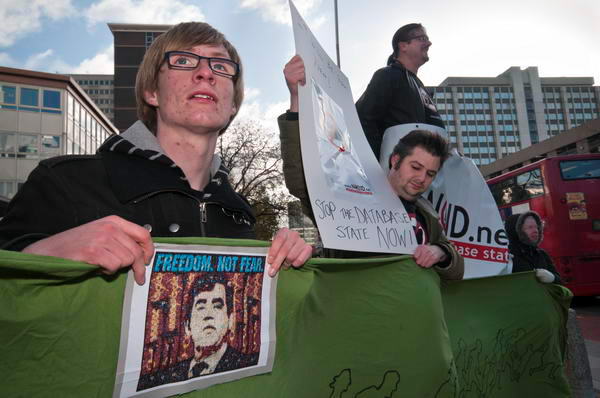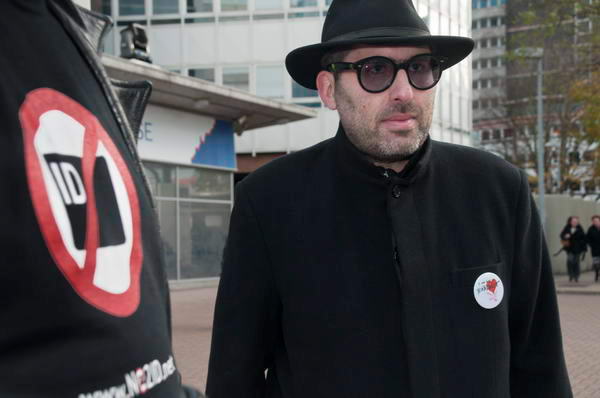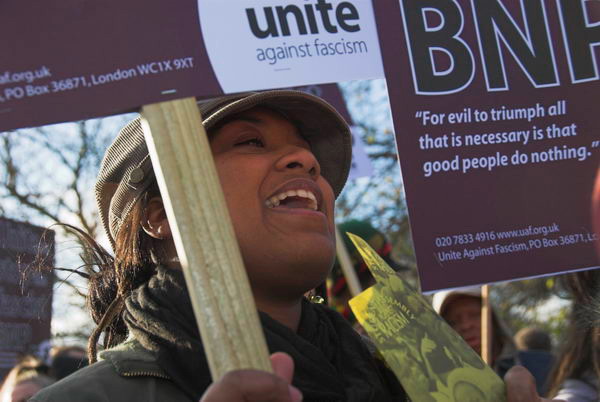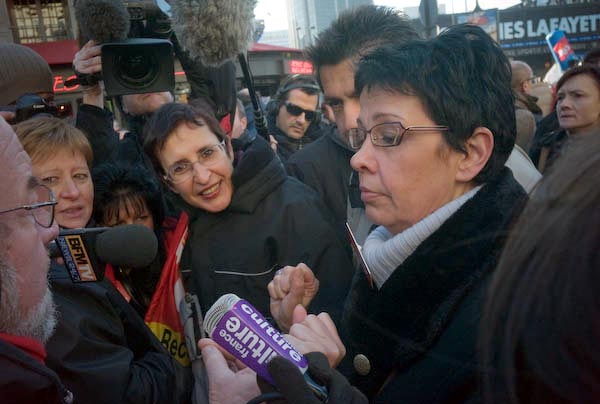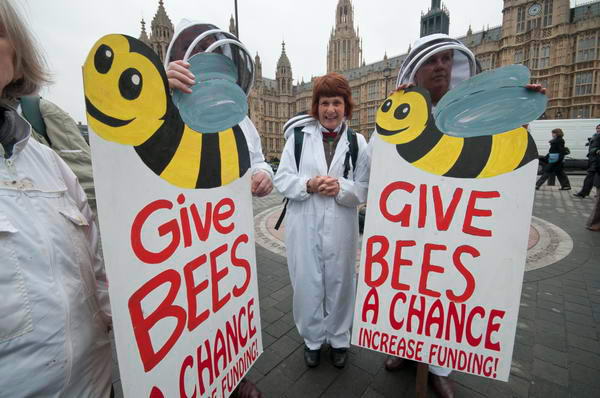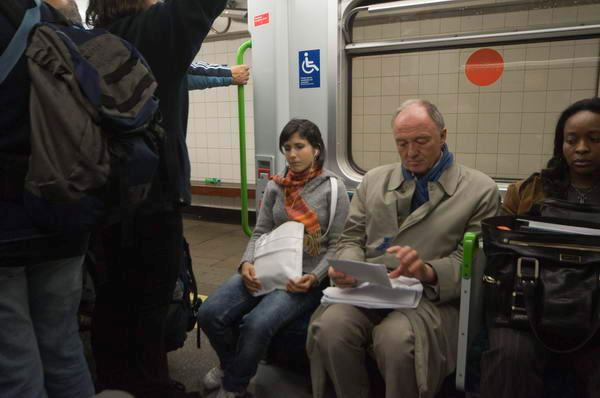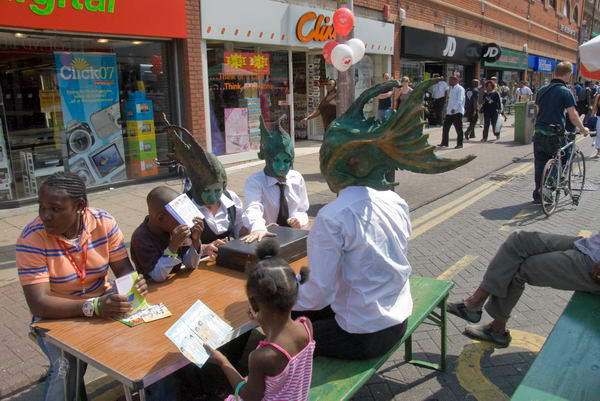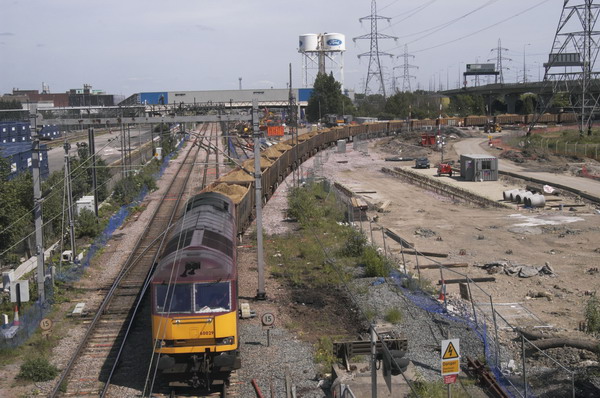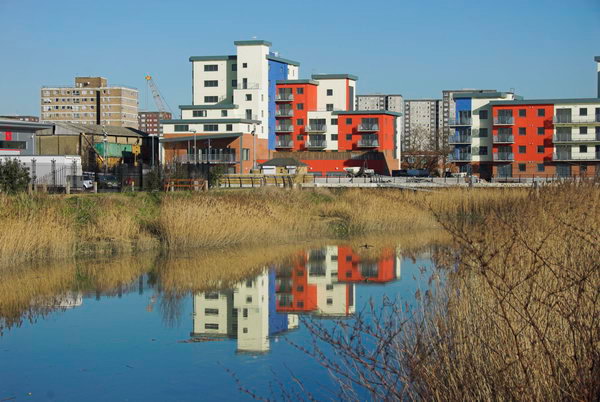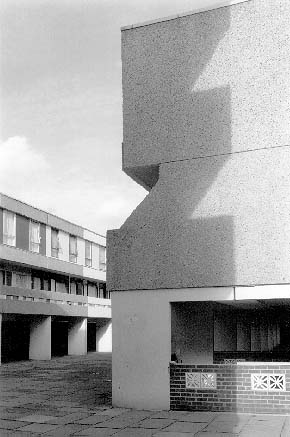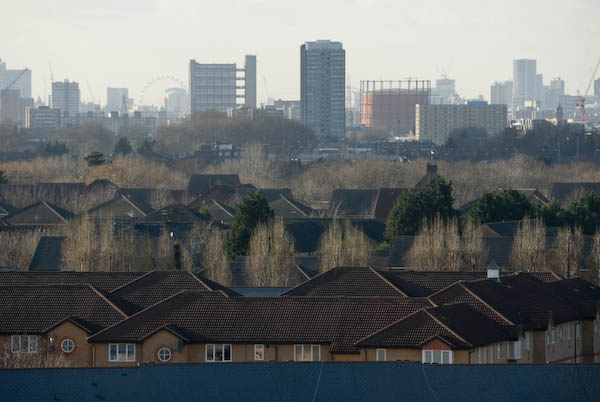Retour en Lorraine
bar Floréal
43, rue des Couronnes, 20e
7-30 Nov, 2008
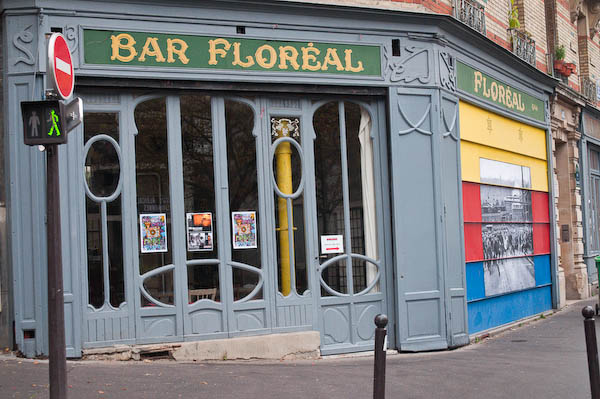
In 1979, when workers in the steel industries of Lorraine were under threat of closure and there were strikes and violent disorder, centred around the steelworks of the basin of Longwy, Alex Jordan et André Lejarre went there to photograph the people and the dispute, producing some powerful black and white images in the ‘concerned photography’ tradition. Despite a long struggle in which their pictures played a part, as did the first free radio station, Lorraine Coeur d’acier (Heart of Steel), the industries closed.
Jordan and Lejarre went on to found le bar Floréal photographie in 1985, a photographic centre in Belleville in the north-east of Paris (20e). It became a thriving centre for photography in the area, run by a collective of photographers, and noted for its great shows and crowded openings. The name comes from the eighth month of the revolutionary calendar and means flowering, and ran for the 30 days (3 decades) starting on April 20 or April 21.
In 2008, the ten members of the collective, including Jordan and Lejarre returned to Lorraine to photograph the same area – the others were Jean-Christophe Bardot, Bernard Baudin, Sophie Carlier, Éric Facon, Marc Gibert, Olivier Pasquiers, Caroline Pottier and Nicolas Quinette. (You can see more about the photographers with links to their work elsewhere on the Bar Floréal photographers page.)
What they found was in many ways depressing but typical, with many former skilled workers unable to find suitable work, some moving across the bored to Luxembourg to find work, ex-miners retraining to become Smurfs in an entertainment park… As we have seen in many areas of this country, de-industrialisation isn’t easy.
This was certainly one of the more interesting shows in the Mois de la Photo, and one Linda and I would have liked to spend much more time at. I think if I lived in Paris I would end up spending an awful lot of time at this particular bar. But then I was born on the 25th (or Carpe) Floréal CLIII!
The show was also on at la Maison des métallos, a cultural centre owned by the city of Paris, not far away in the 11e. Next year there will be a book published to accompany the show as it opens in Lorraine, at first in Mont-Saint-Martin and later in Longwy itself.
At the bar Floréal, I notice a thin book about one of the great photographers of Paris (and one I wrote a long feature on a few years ago) Willy Ronis, whose finest work was all from Belleville, where he started taking pictures in 1947. Published for a show they had of his work in 1990, it described his favourite walk around the area by contact prints and illustrated with larger reproductions of some of his better images.
La Traversée de Belleville isn’t listed on their page of books, but it was truly a bargain, as when I offered the 5 euros to buy a copy, I was told that they were all damaged by damp during storage and given a copy for nothing. A few pages were slightly stuck, but with a little careful handling came apart with no damage.
It was pleasing but perhaps a little disappointing to discover that Ronis’s favourite route around the area was almost identical to mine, and that I had already walked most of it yet again a couple of days before. But we decided to fit in another walk following his footsteps if we had time before we went home. I’ll post my pictures from that walk on My London Diary in a few days.
